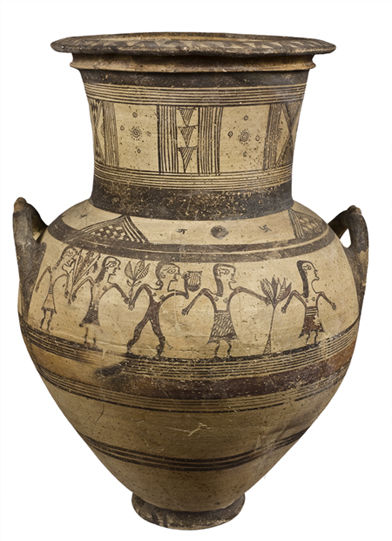
Fig. 1. "Hubbard amphora," ca. 800 B.C. Cyprus Museum, Nicosia, 1938/XI-2/3
During the early centuries of the first millennium B.C., sophisticated elites throughout the Mediterranean shared a number of social and religious rituals. Banqueting and feasting were among the most common, along with hunting and warfare. Banquets took place on the occasion of religious festivals, or celebrations of victory, or during some of the sumptuous funerals held for heroes and kings. Banquet ceremonies accompanied by music and dancing are described in literary sources such as the Bible, Homeric epics, and mythological poems from the ancient port city Ugarit (in modern-day Syria), as well as being depicted on works of art (fig. 1). Equipment used for these banquets include bronze cauldrons and andirons to cook meat, metal bowls to drink wine, and ewers to pour the drink, examples of which have been found in archaeological sites all around the Mediterranean. A large selection of these luxurious implements are presented in the exhibition Assyria to Iberia at the Dawn of the Classical Age.
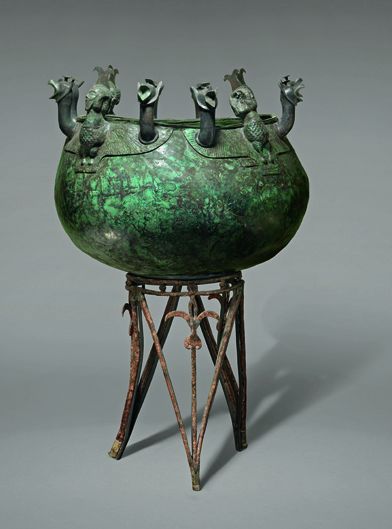
Fig. 2. Bronze cauldron and stand from Salamis, Cyprus. ca. 8th–7th century B.C. Cyprus Museum, Nicosia, T.79/202, 202[b]
Cauldrons typically display spectacular attachments in the shape of human-headed birds, griffins, or lion heads (fig. 2, from Cyprus). Guests would drink from metal bowls without handles, as shown on an Assyrian royal banquet scene from Nineveh (fig. 3). Those metal bowls were made of bronze, silver, or gold. They were often decorated with miniature narrative scenes depicting precisely such feasting celebrations.
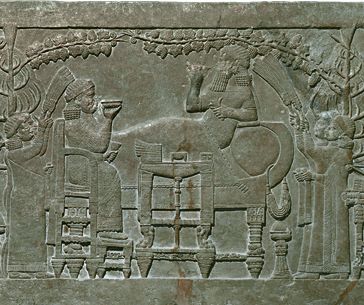
Fig. 3. Banquet scene relief of Ashurbanipal (detail), ca. 645–635 B.C. Gypsum alabaster. Assyria, Nineveh, North Palace. British Museum, Middle East, 1856,0909.53, BM 124920
One example from Olympia (fig. 4) associates images of the "naked goddess" and the Hero slaying a griffin with a banquet scene showing an enthroned guest entertained by musicians and dancers. A large clay vase from Cyprus provides a larger, easy-to-read version of a similar scene (fig. 5).
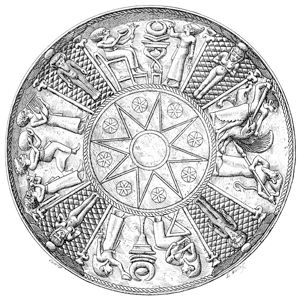
Fig. 4. Drawing of inscribed bowl from Olympia, Greece. Late 8th–early 7th century B.C. National Archaeological Museum, Athens, X 7941. Drawing after G. Perrot and Ch. Chipiez, Histoire de l'art dans l'antiquité, Vol. 3, Phénicie, Cypre. Paris: Librairie Hachette, 1885
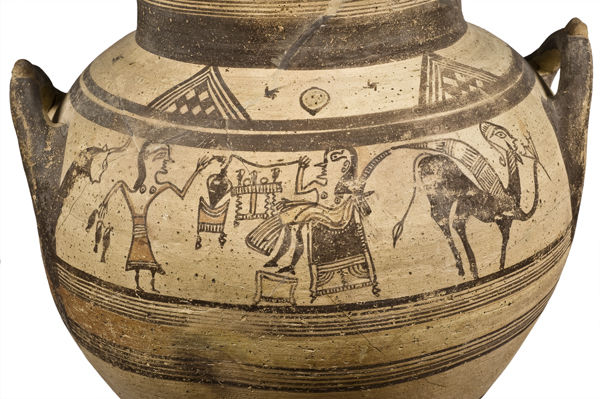
Fig. 5. "Hubbard amphora" (detail), ca. 800 B.C. Cyprus Museum, Nicosia, 1938/XI-2/3
"In the middle of the sea," to quote Assyrian sources, Cyprus was well situated to play its part in the international concert of cultures between East and West. The Cypriot vase (fig. 5) illustrates a banquet held in honor of a distinguished guest, a royal personage or a deity; it is unclear whether the guest is male or female. The guest is seated on a throne, the feet resting on a stool. A cup bearer is in attendance, carrying ewers to pour the wine he has drawn from the jar supported by one of the small tables. The enthroned figure seems to drink from a long straw. Framing this main scene, a sphinx is sniffing at a lotus and the head of a bull peeks in on the event. The presence of fantastic creatures and the lotus blossom lend a supernatural atmosphere to the scene, indicating that it is taking place under the discreet protection of the gods. On the other side of the vase (fig. 1), four girls hold hands, dancing to the music of a lyre player.
The Metropolitan Museum of Art is grateful to the Department of Antiquities of Cyprus for permission to use pictures of the "Hubbard amphora."